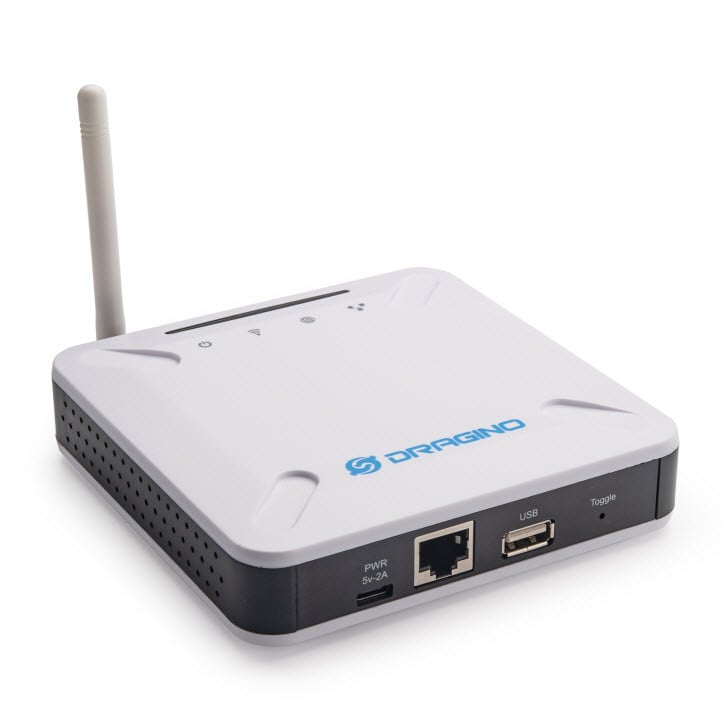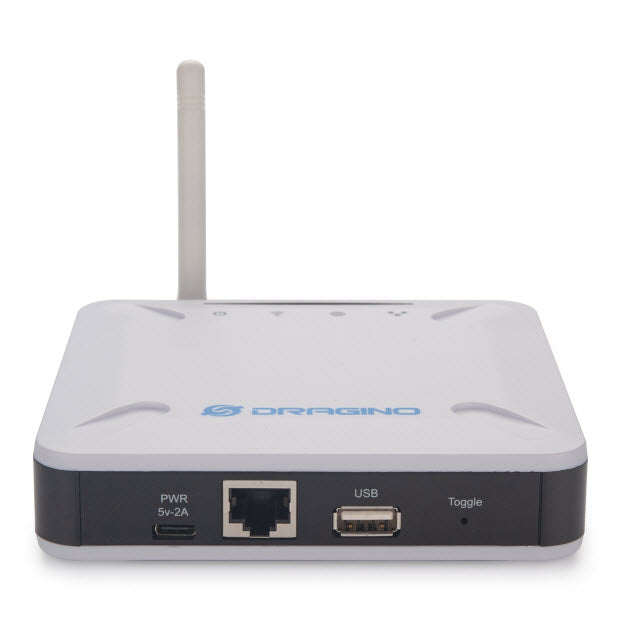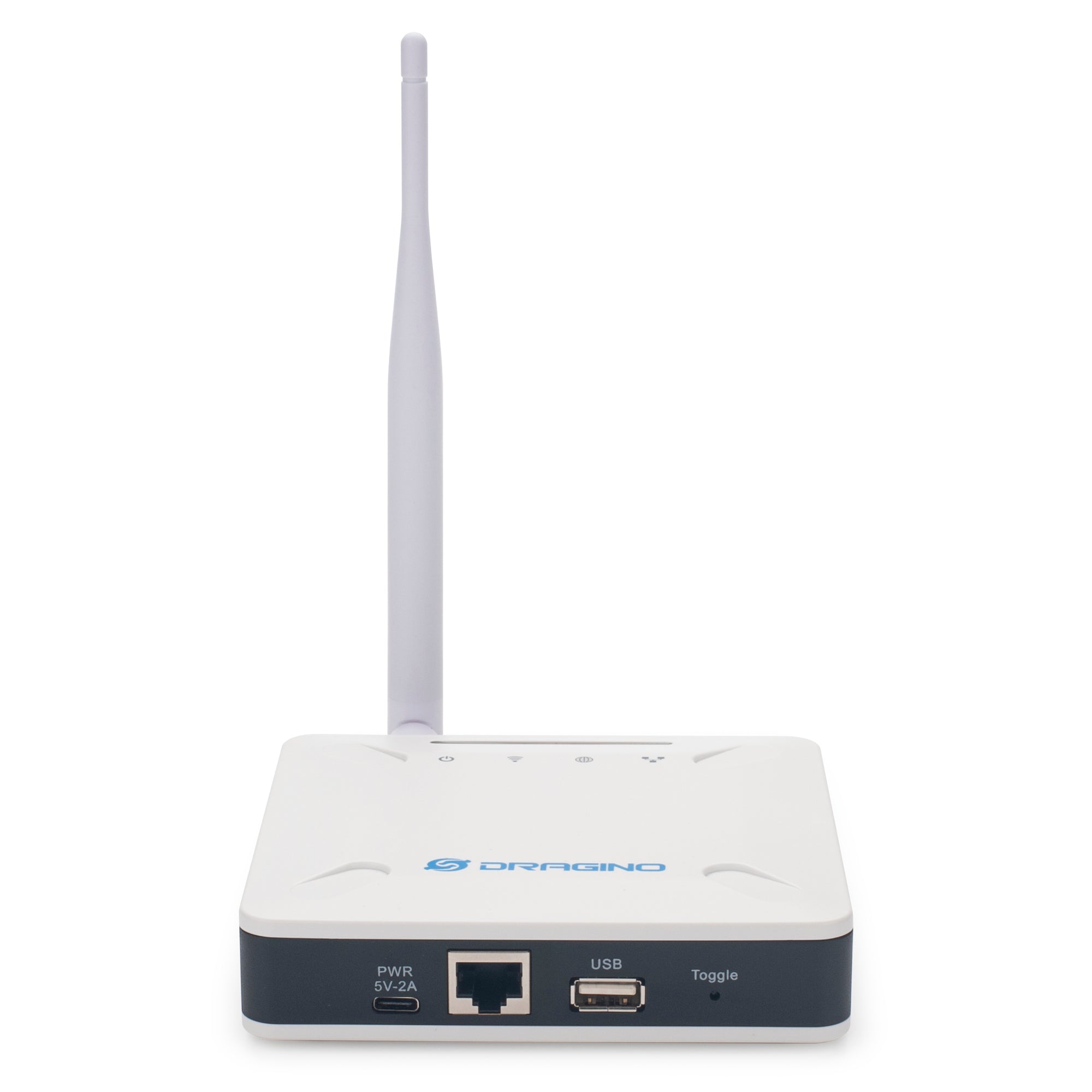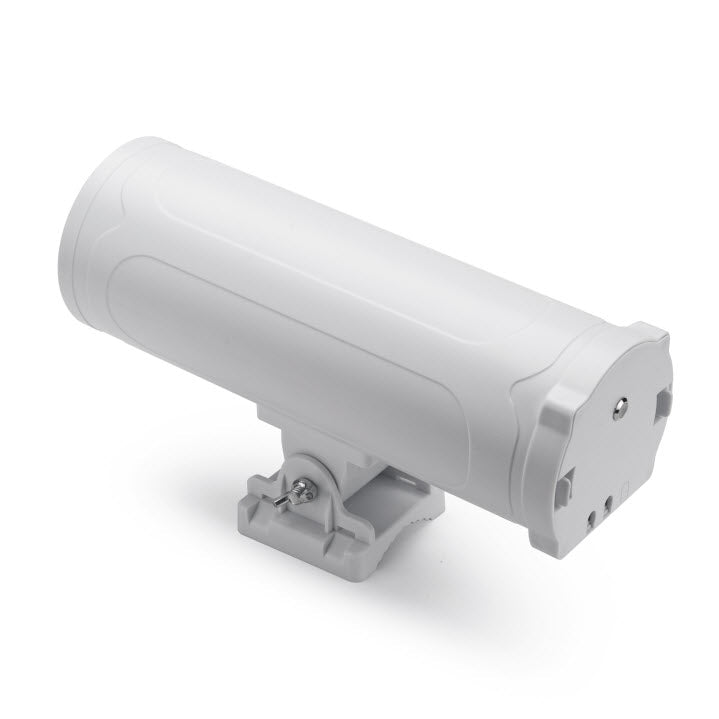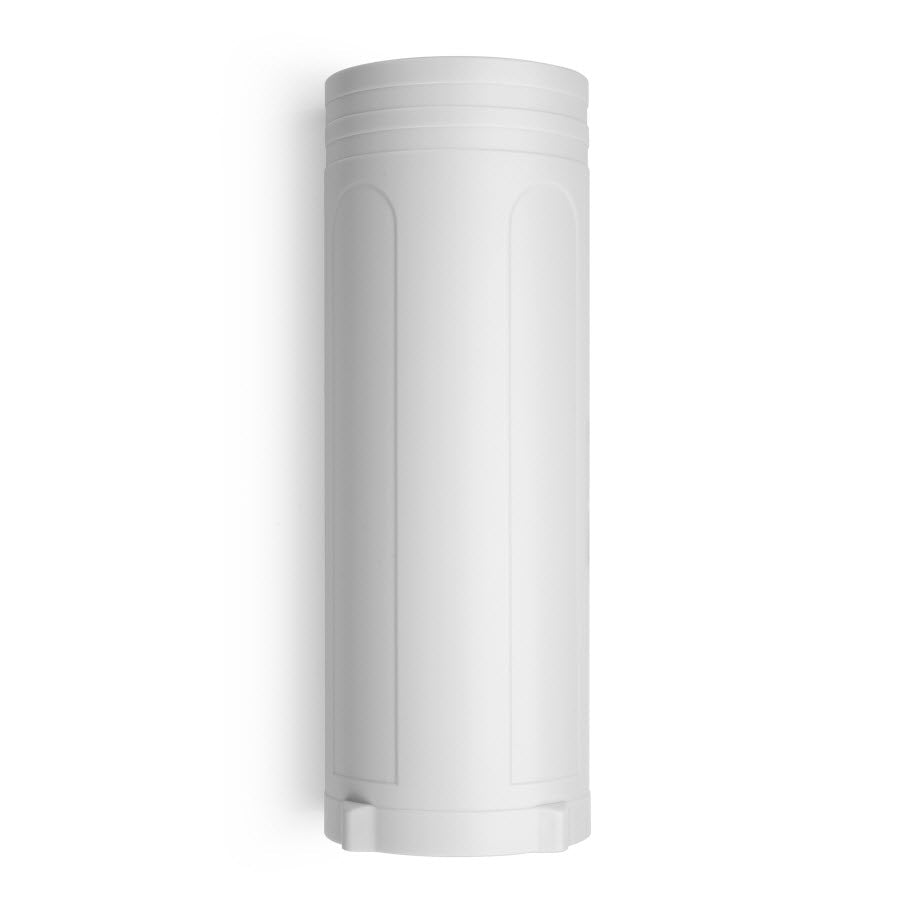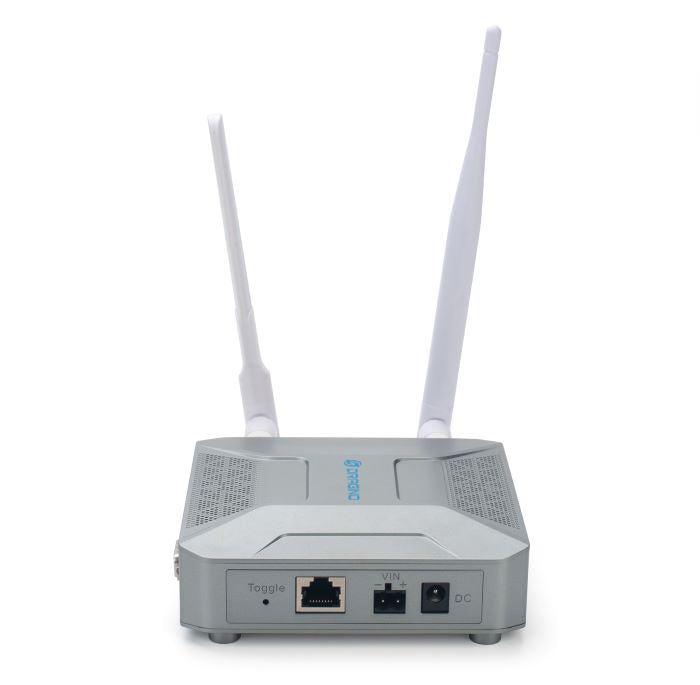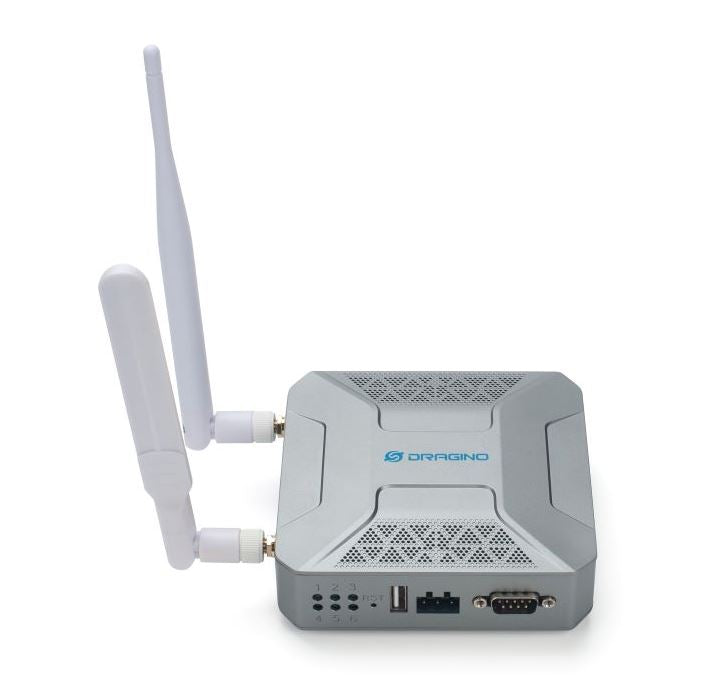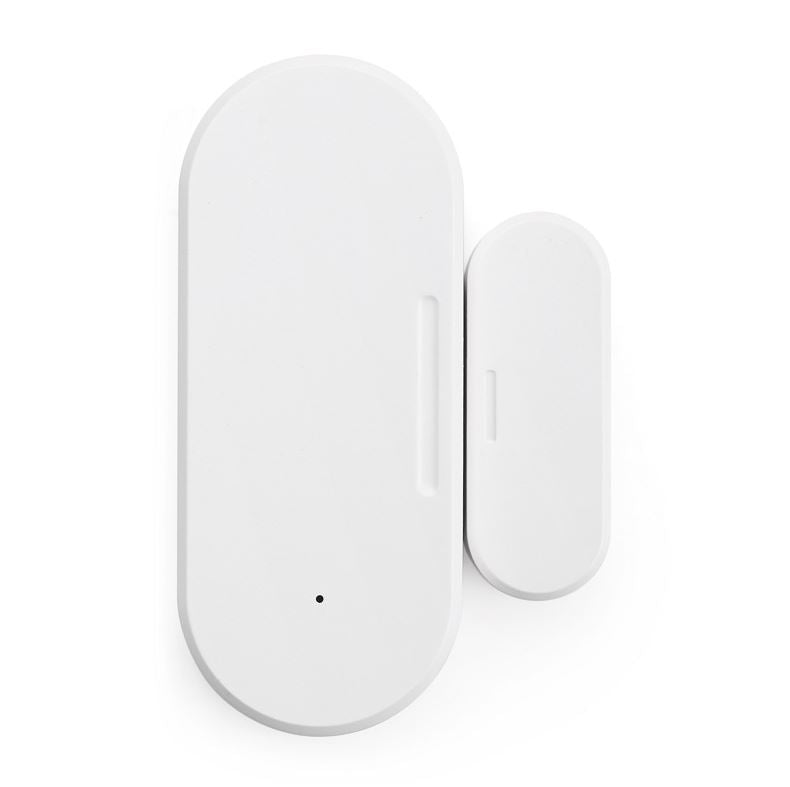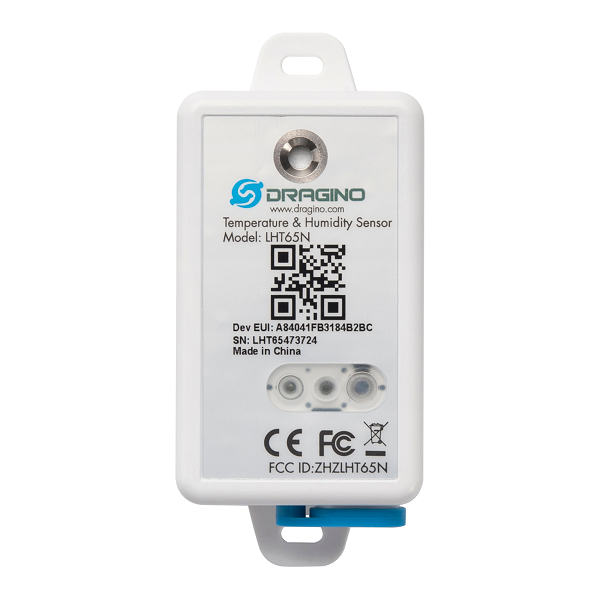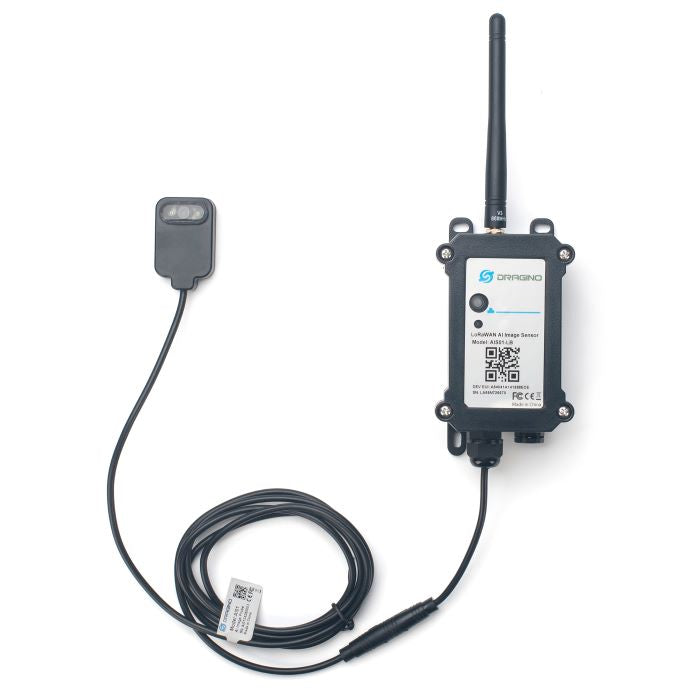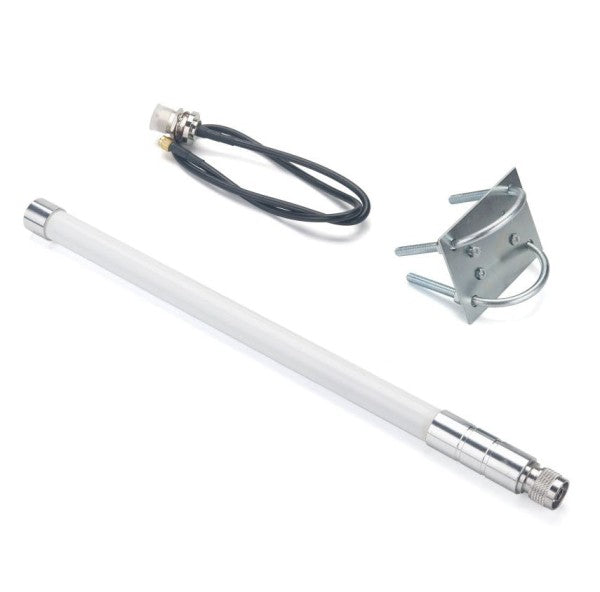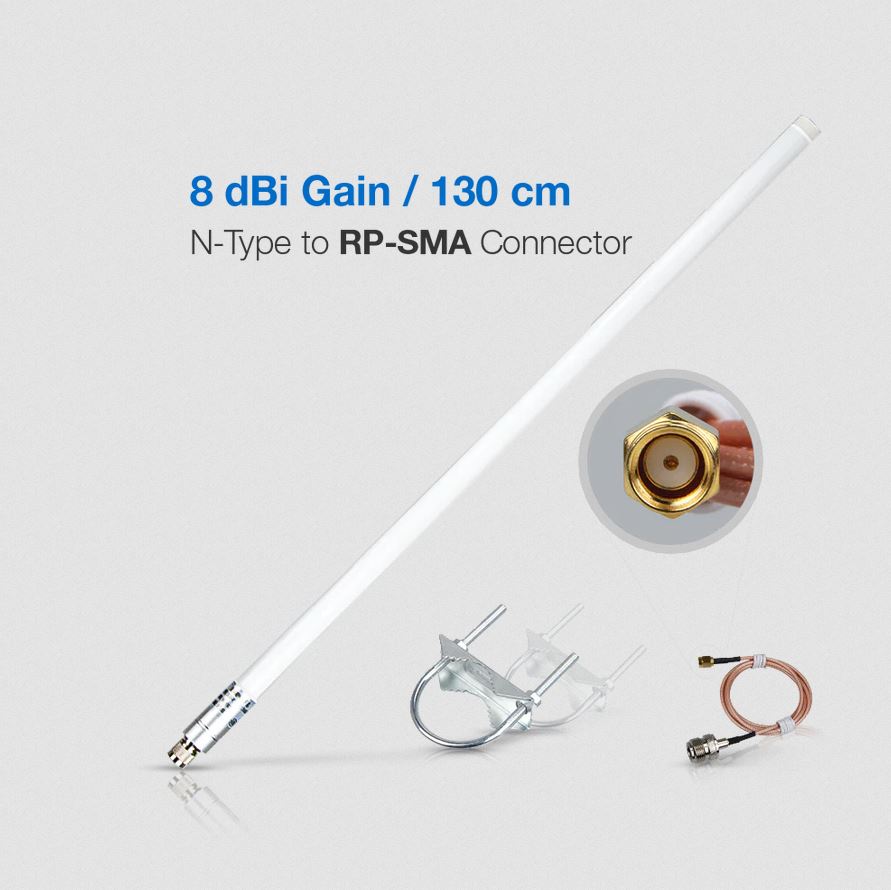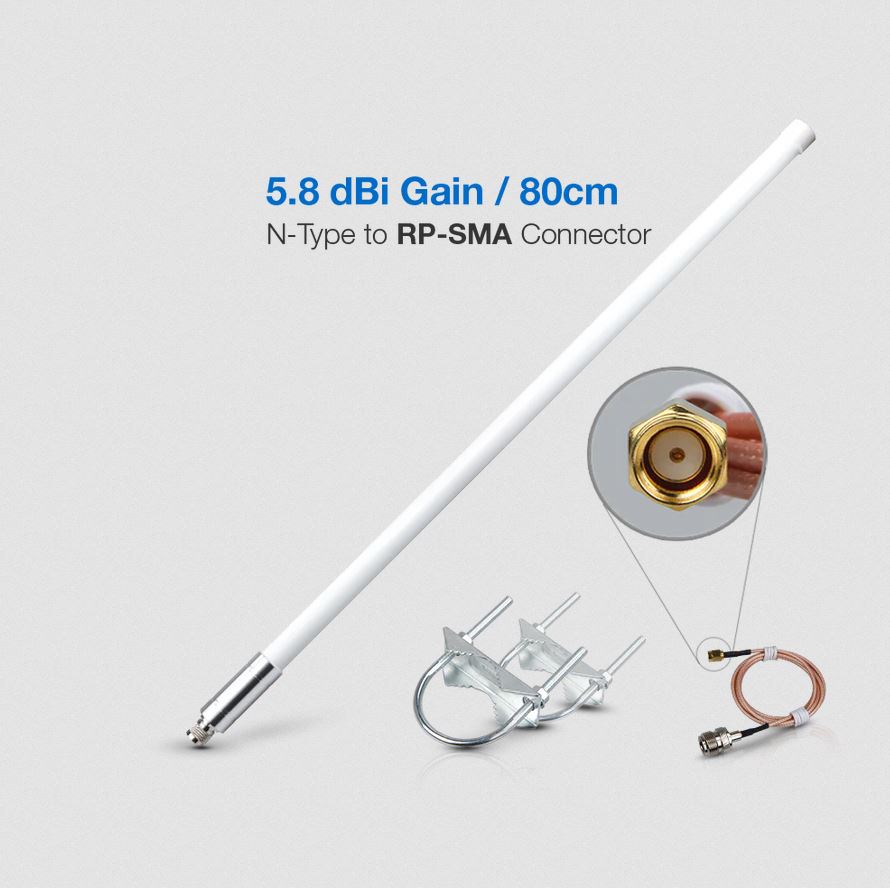
LoRaWAN: 22 application examples for getting started with the new technology for cities & municipalities, energy suppliers, agriculture & industry
Since entering the market in 2015, LoRaWAN has become the leading LPWAN technology for IoT applications. A wide variety of users such as farmers, energy suppliers, industrial companies and many more are able to set up their own secure, reliable and independent network thanks to the cost-effective LoRaWAN technology.
LoRaWAN technology: long range, low costs
LoRaWAN is a low-power wide-area network (LPWAN) protocol for wireless communication over long distances. With low energy consumption, LoRaWAN uses the LoRa radio modulation scheme to transmit highly sensitive data and minimise signal loss. LoRaWAN forms the basis for the Internet of Things (IoT) and ensures wireless communication of sensor data such as temperature, humidity, movement, light intensity and many other parameters. In Germany, LoRaWAN transmits on the 868 MHz frequency in the licence-free ISM band.
LoRaWAN applications for cities & municipalities

Street lighting
With LoRaWAN, you can increase safety in public areas, reduce operating costs and extend the service life of lighting systems. Thanks to LoRaWAN, municipal authorities are able to detect outages, defective luminaires or supply interruptions in real time.

Car park management
As a car park operator, you can use LoRaWAN technology to generate additional revenue and increase customer satisfaction at the same time. Specialised sensors record and transmit the current occupancy in real time. This allows you to analyse usage patterns much more precisely and tailor your offer accordingly.
LoRaWAN application examples for energy suppliers

Heating provider
LoRaWAN enables you to precisely monitor and control energy consumption. Reduce heating costs by precisely adjusting the heating output to the actual demand and reduce maintenance times by flexibly monitoring and controlling the heating systems remotely.

Water supplier
With LoRaWAN, you can optimise the management of your water networks and significantly reduce water losses through rapid leak detection. Water flow and water pressure are monitored precisely so that you can adjust pump operation accordingly and save energy costs.

Gas supplier
Gas suppliers are now increasing the security of the entire gas supply system with LoRaWAN. In contrast to manual meter reading, where such data is only delivered with a delay and less accurately, gas consumption and possible alarms can be recorded and transmitted almost in real time with LoRaWAN.
LoRaWAN applications for agriculture

Irrigation systems
With LoRaWAN, farmers can conserve their water resources by irrigating their crops as needed at all times. LoRaWAN technology measures soil moisture and weather conditions and sends commands to the irrigation systems.

Environmental monitoring
Protect your harvest by reacting more quickly to environmental changes. LoRaWAN monitors environmental parameters over long distances. If unusual changes occur, the system issues a warning so that you can initiate protective measures at an early stage.

Soil health
Use exactly as much water and nutrients as the soil requires. Instead of ordering the soil based on time or calendar, LoRaWAN allows you to act according to your needs at any time: precise and continuous data on soil moisture, nutrient content, pH value and temperature make this possible.
LoRaWAN applications for industry

Oil & gas industry
Losses due to leaks and unexpected maintenance work can cause considerable costs. If you monitor tanks, pipes, pressurised containers and much more in real time with LoRaWAN sensors, you will detect leaks at an early stage.

Manufacturing industry
Inaccuracies and delays can affect the quality of production. With LoRaWAN sensors, you can measure tank levels and valve positions remotely so that leaks can be detected immediately and automatic warnings triggered.

Chemical industry
Monitor your processes in real time and identify problems before failures occur. Specialised LoRaWAN sensors for the chemical industry support compliance with safety and environmental standards.
Application examples for LoRaWAN in companies

Building security
In the event of break-ins, vandalism, fires or flooding, rapid action is required. LoRaWAN systems detect security risks at an early stage and trigger alarms immediately so that you can initiate protective measures without delay.

Room utilisation
Use LoRaWAN to analyse how your premises are actually being used. With the help of occupancy and movement data, utilisation patterns can be precisely identified so that you can plan workstations and sales areas accordingly.

Fleet management
With LoRaWAN, you can keep an eye on your fleet in real time and manage your vehicles more efficiently. By utilising real-time data on the condition of the vehicles, route planning and maintenance intervals can be precisely controlled.

Intralogistics
LoRaWAN systems can significantly increase security in goods handling. Goods can be tracked precisely and reordering can be automated. You can also monitor the condition of the goods to support quality assurance.
Where is LoRaWAN available?
The great thing about LoRaWAN is that you basically only need a gateway, a sensor and a LoRaWAN server. The private network is already there and you can operate your own network infrastructure. With a server solution such as ChirpStack, The Things Network or Loriot, your private LoRaWAN network is easy to manage and independent of the coverage of a network operator.
So you don't even have to ask yourself where LoRaWAN is available.
LoRaWAN gateways for various applications
LoRaWAN gateways are responsible for wireless communication between IoT devices and the Internet. When selecting your gateway, pay attention to criteria such as range, capacity, connectivity and area of application.

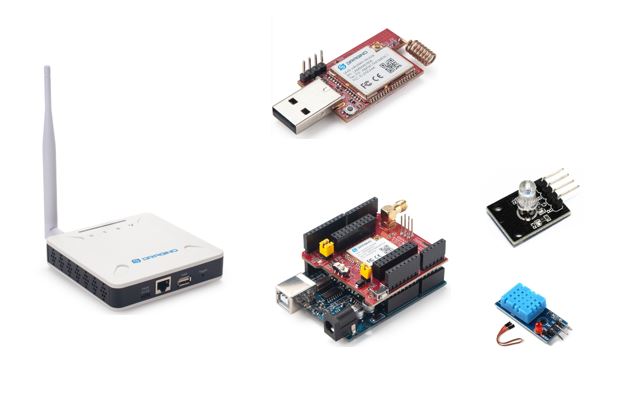
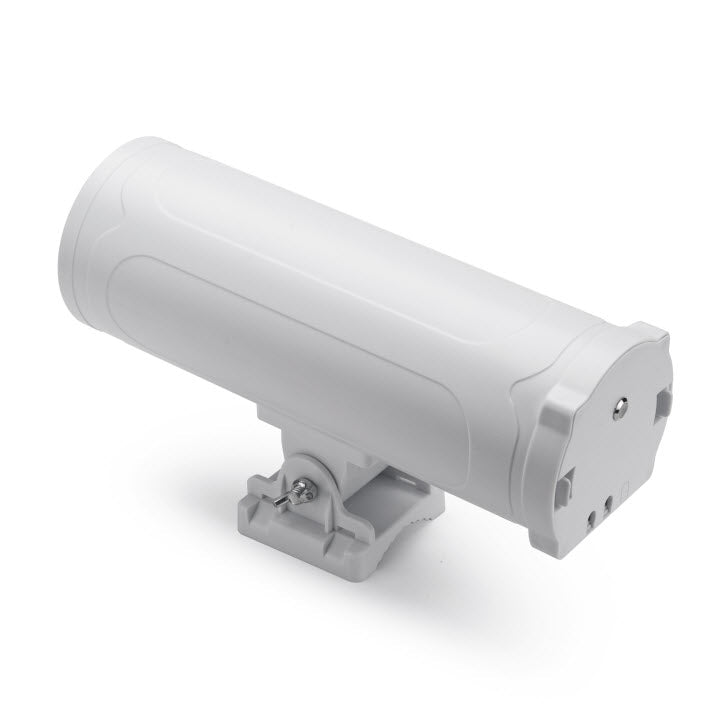
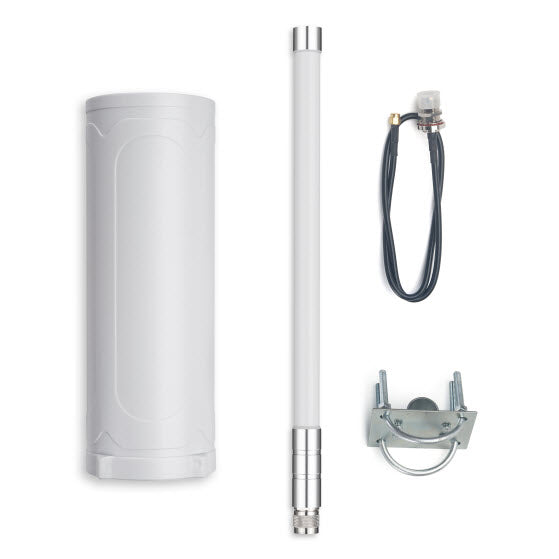
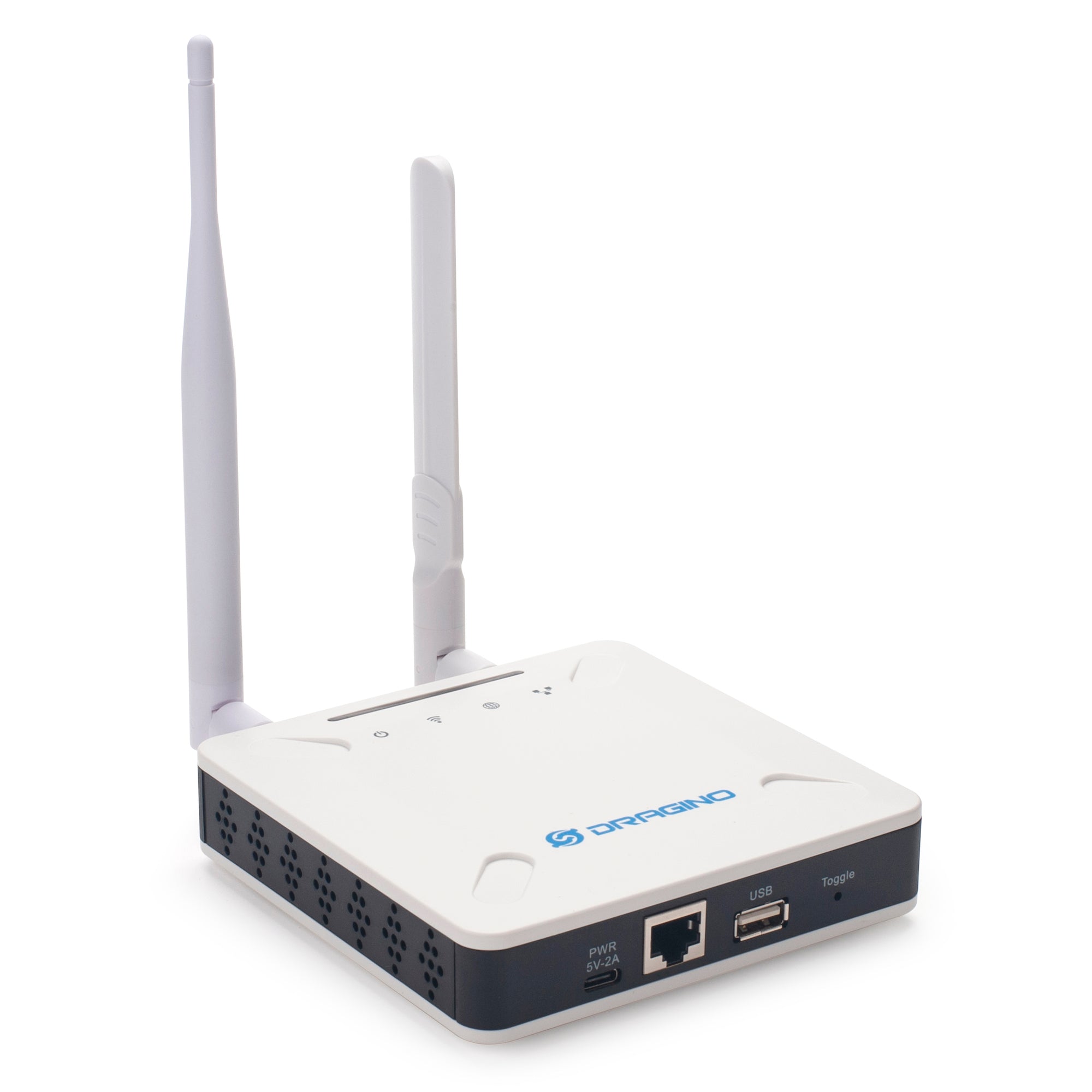
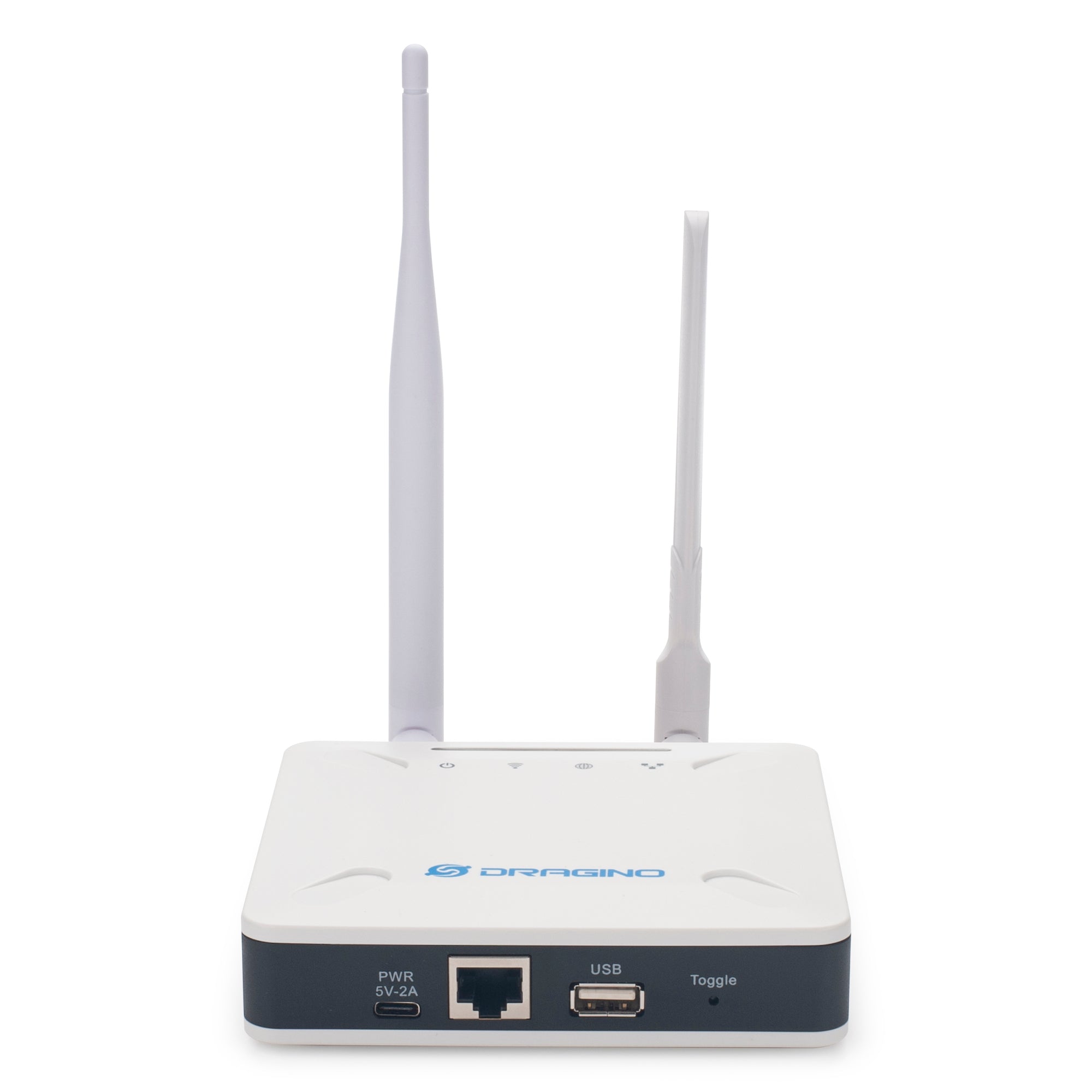
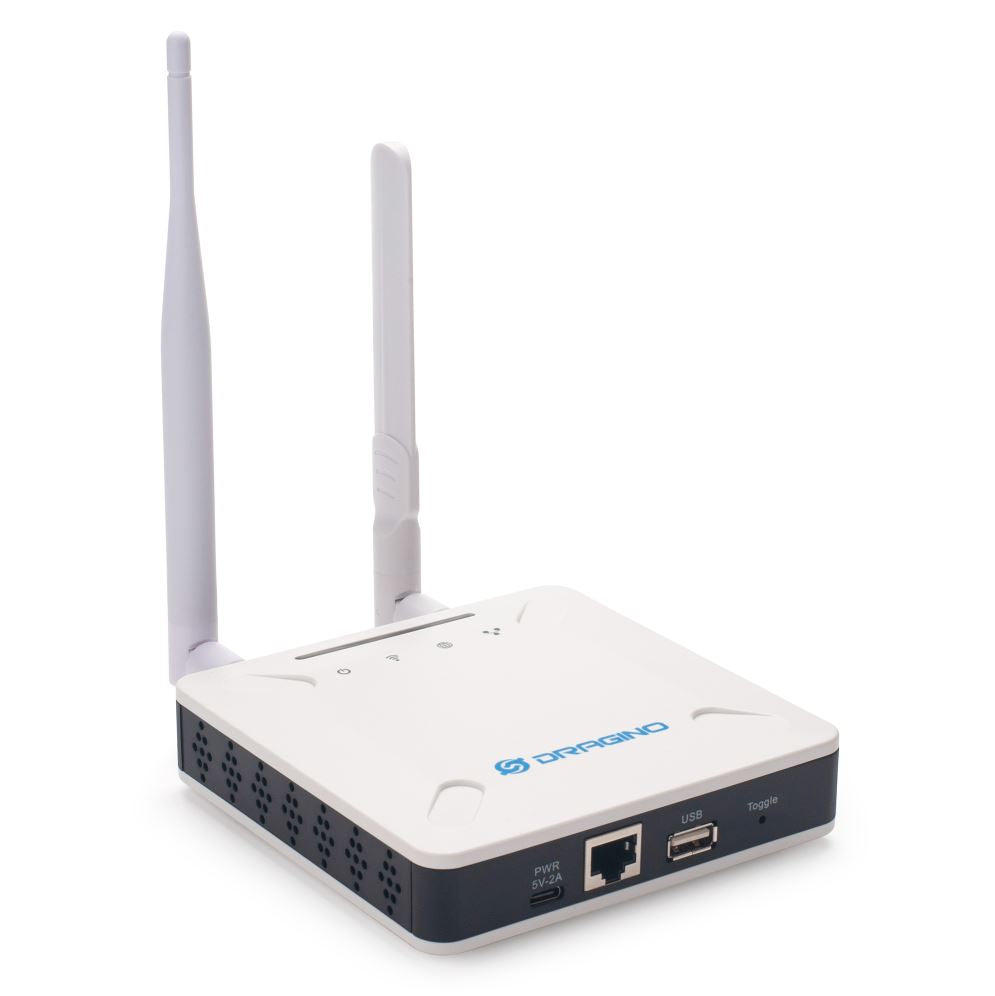
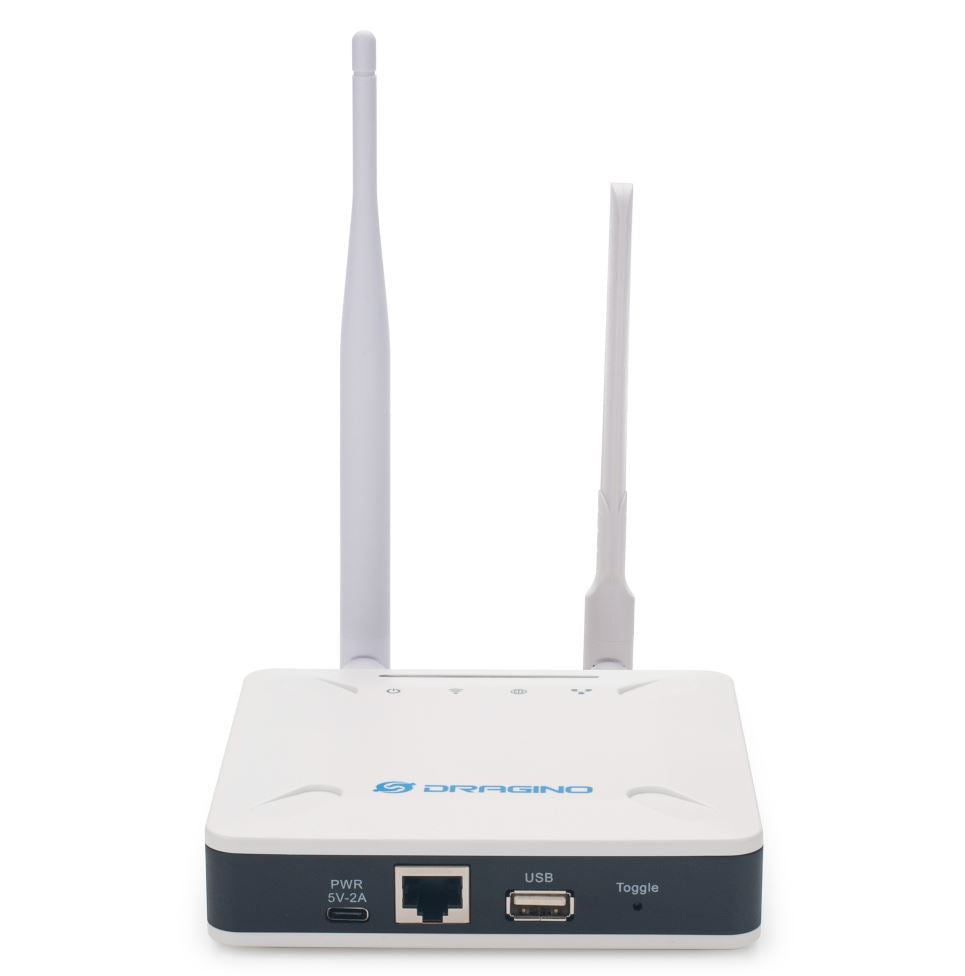
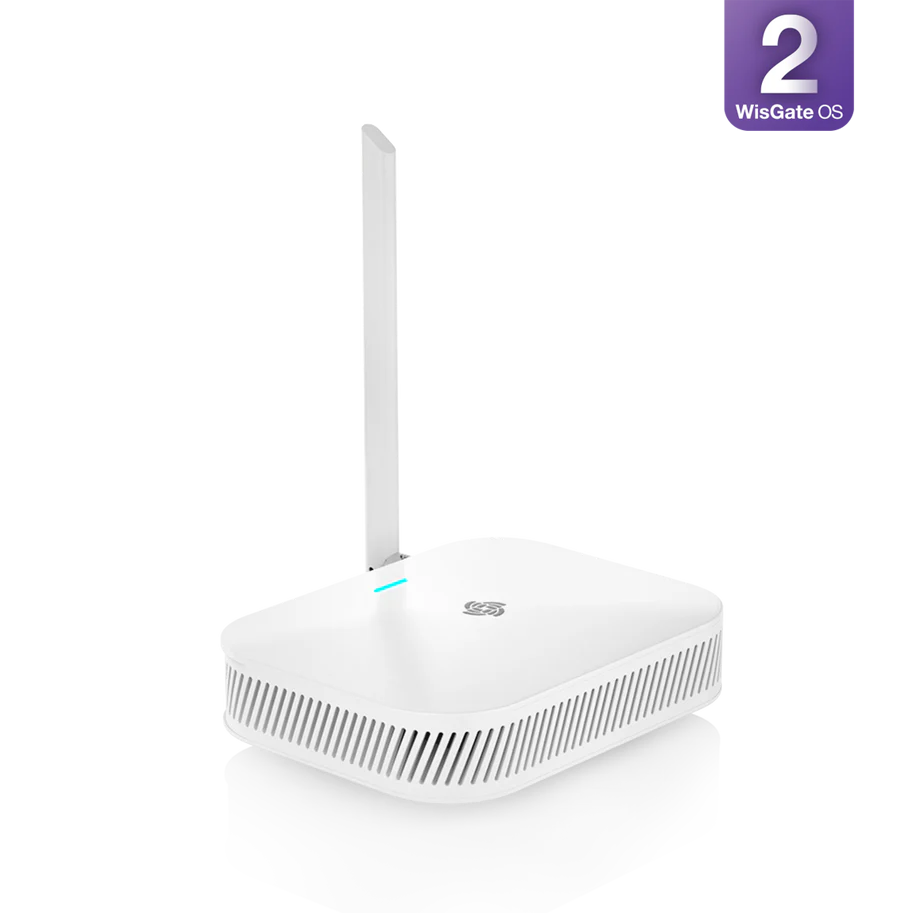
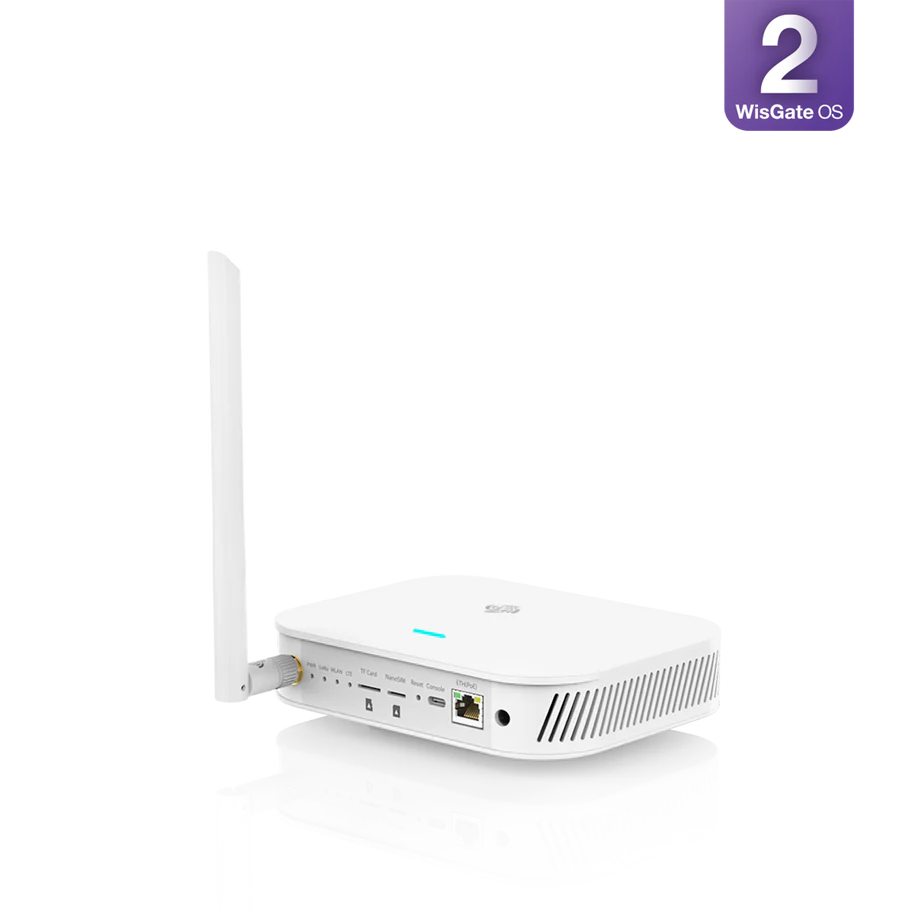


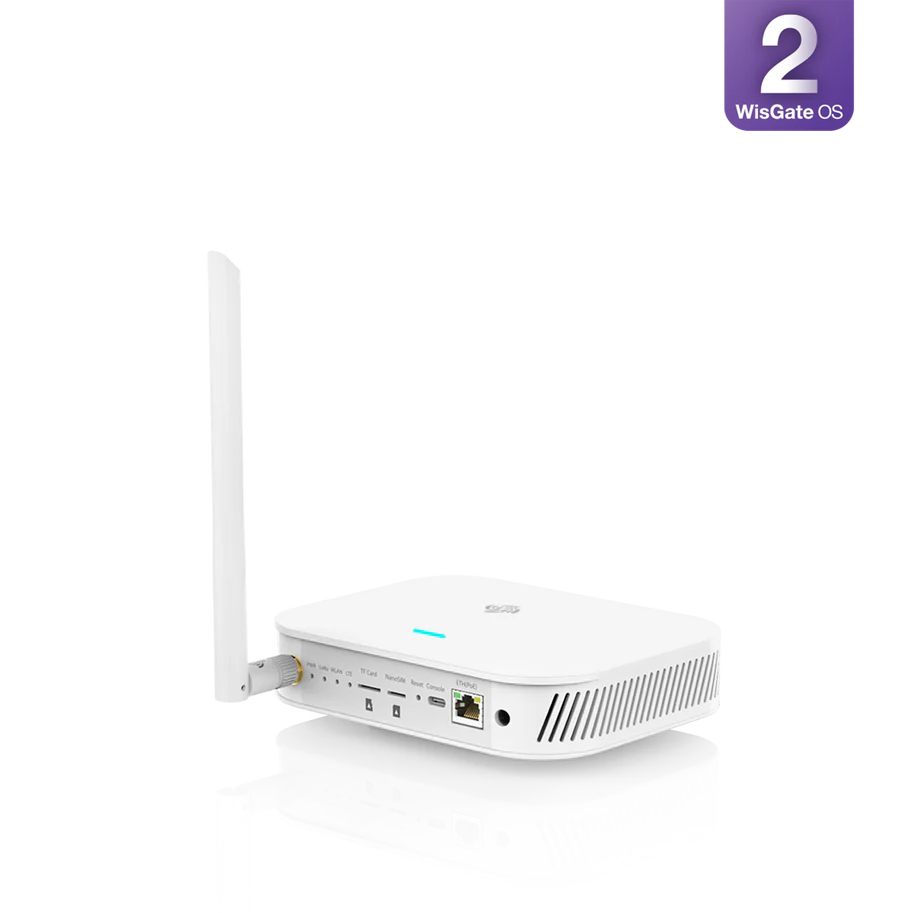

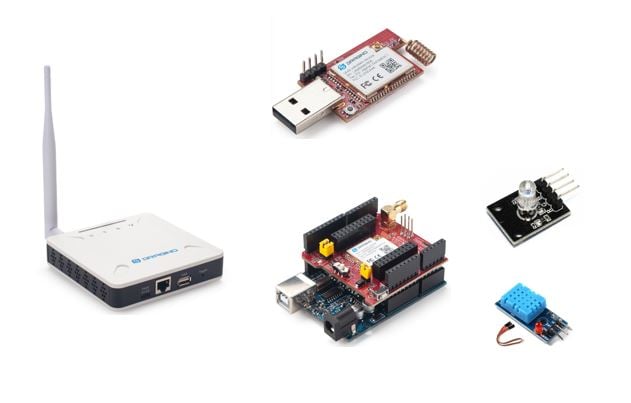
LoRaWAN sensors for measuring a wide range of parameters
Each LoRaWAN sensor fulfils a different purpose and must therefore perform under different conditions. Our sensors are designed for special applications and measure and transmit reliably and accurately - perfectly adapted to their environment.
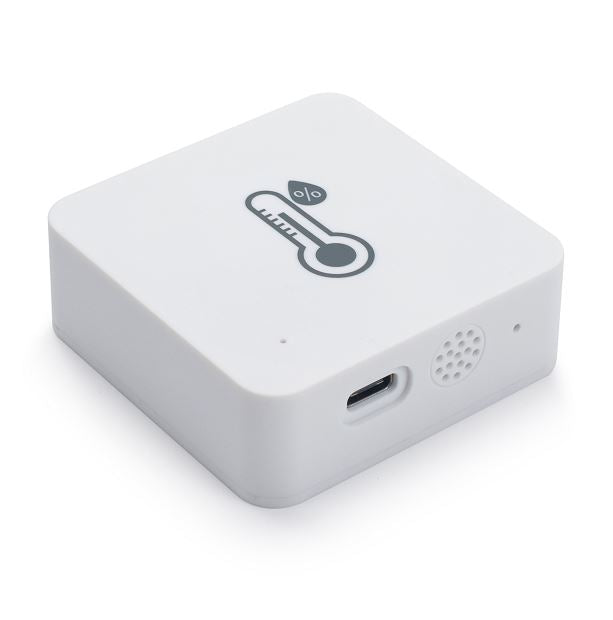


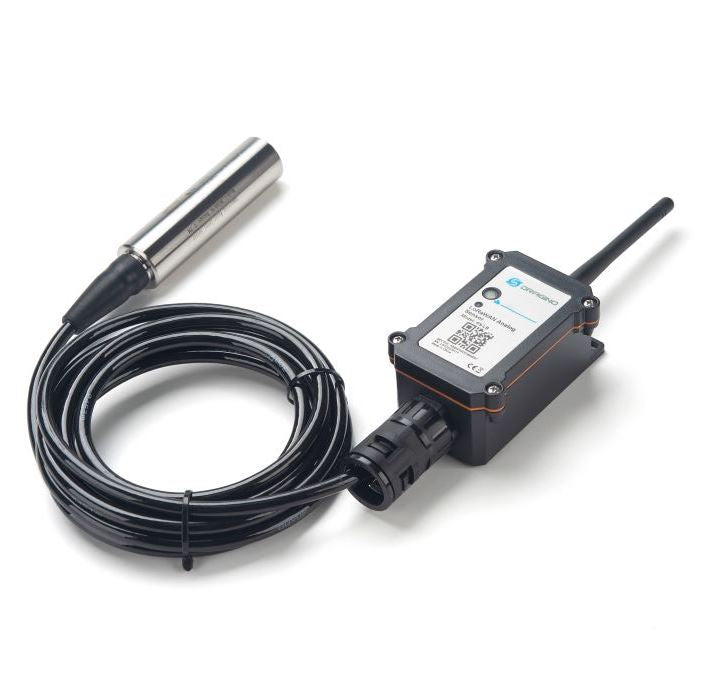


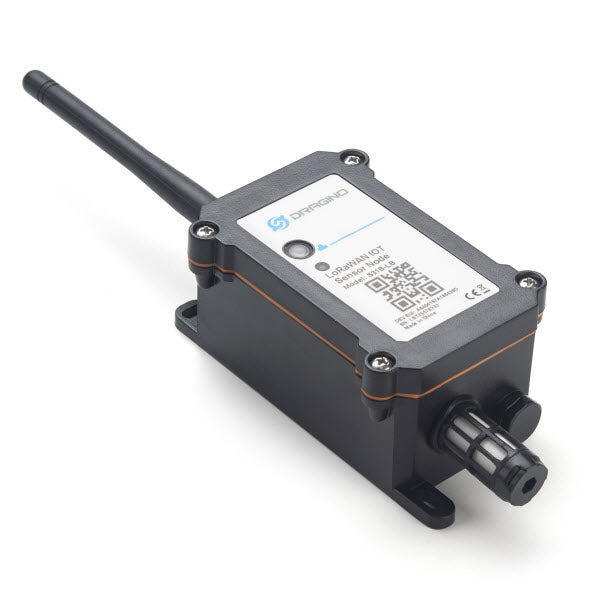
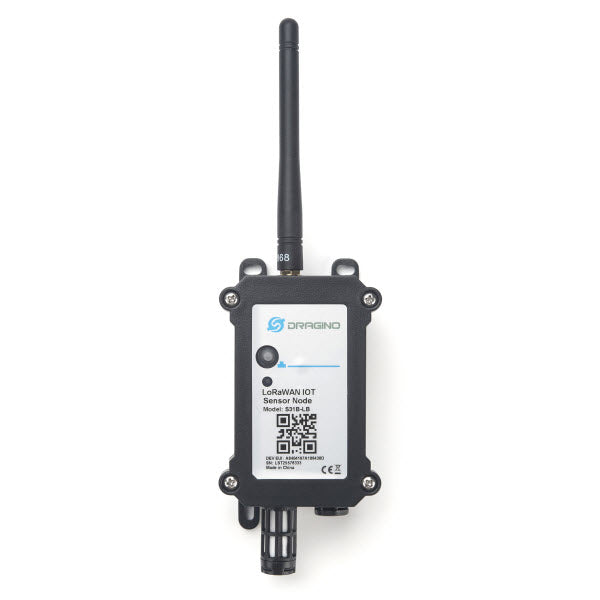
LoRaWAN antennas for higher performance
Sometimes it is necessary to extend the range or boost the performance of the network. For example, if you have to overcome many tall buildings or particularly extensive industrial facilities, a specialised antenna can help.
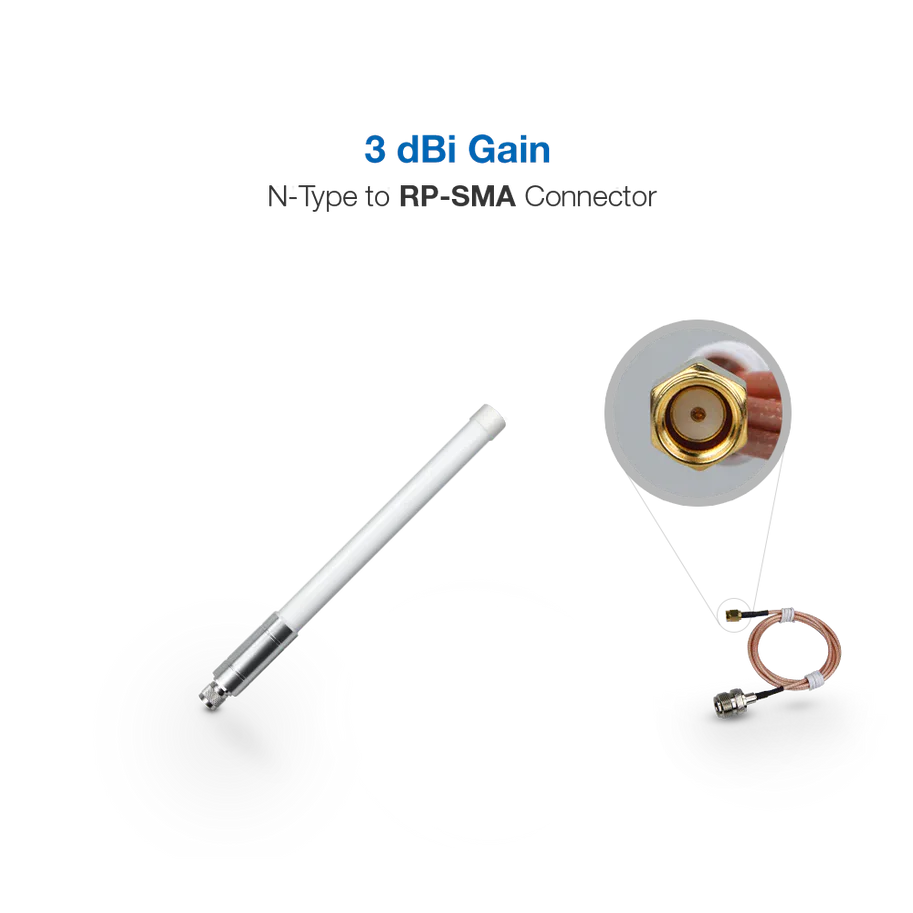
Do you also want LoRaWAN for your project? Here's how to get started!
A LoRaWAN network needs to be well planned. The right hardware alone is not enough for professional use. Nevertheless, you can easily take your LoRaWAN project into your own hands. We show you in 7 steps how to set up your independent LoRaWAN network.

Step 1: Needs analysis and planning
Start by analysing your requirements. Firstly, define your use case by specifying which data is to be collected (e.g. air quality, temperature, humidity) and in which geographical area this data is to be collected. Determine the requirements in terms of the number of sensors, their range and the desired data transmission rate and frequency.

Step 2: Selecting the hardware
Once you have completed the requirements analysis, select the appropriate hardware. Decide on LoRaWAN sensors that can record the desired environmental data and select suitable LoRaWAN gateways that can receive and forward the signals from the sensors.

Step 3: Network planning and design
Carry out strategic network planning. Analyse the locations where the gateways are to be installed in order to achieve the best possible coverage. Take into account that the range of the gateways in urban areas is around 2-5 kilometres. Determine the number of gateways required based on this range. Now carry out a range analysis to ensure that the sensors are within coverage.
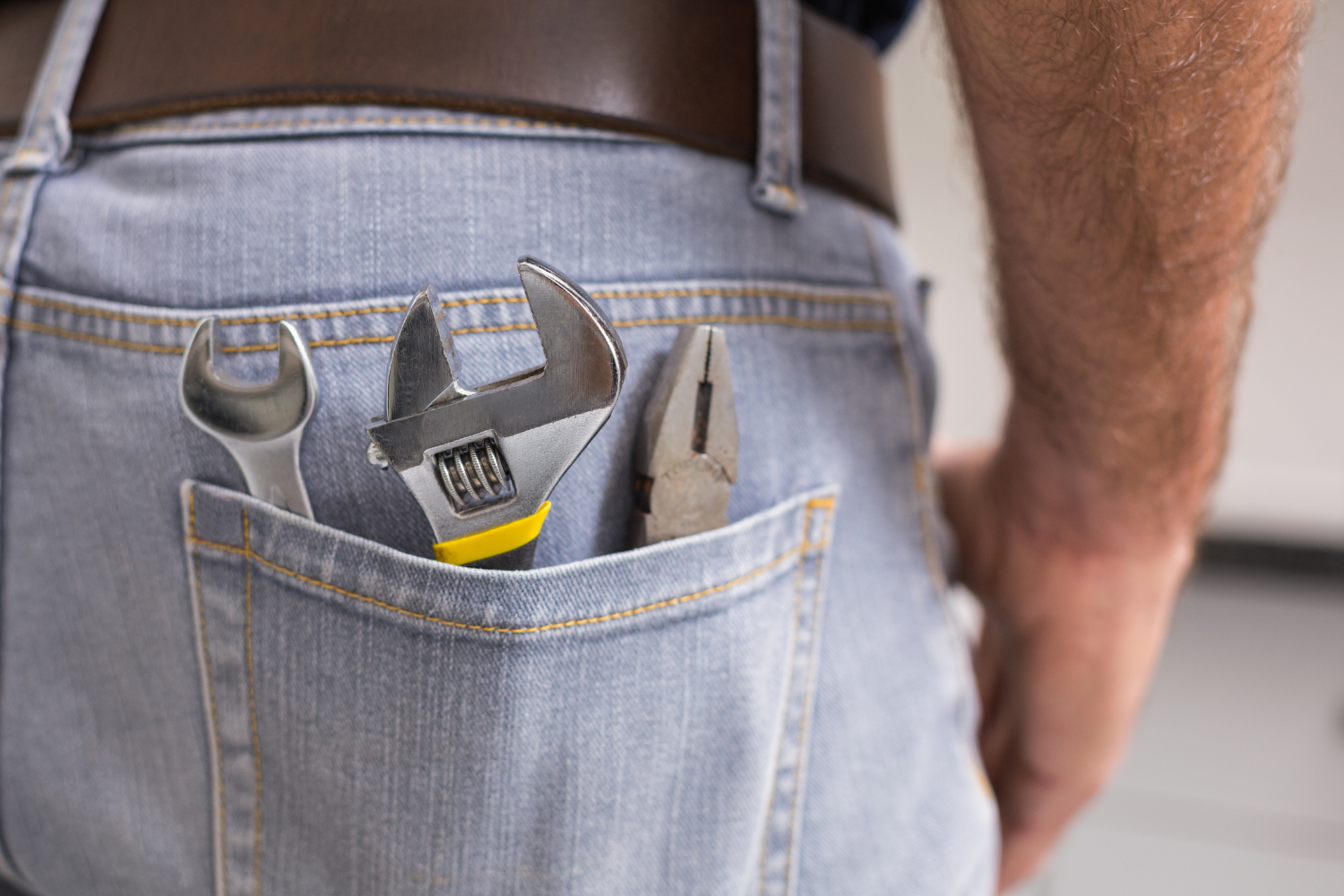
Step 4: Installing the hardware
After planning, the hardware is installed. Mount the gateways at the selected locations, ideally elevated, on buildings or towers, and align them. Place the sensors at the desired measuring points and ensure that they are protected from the weather.
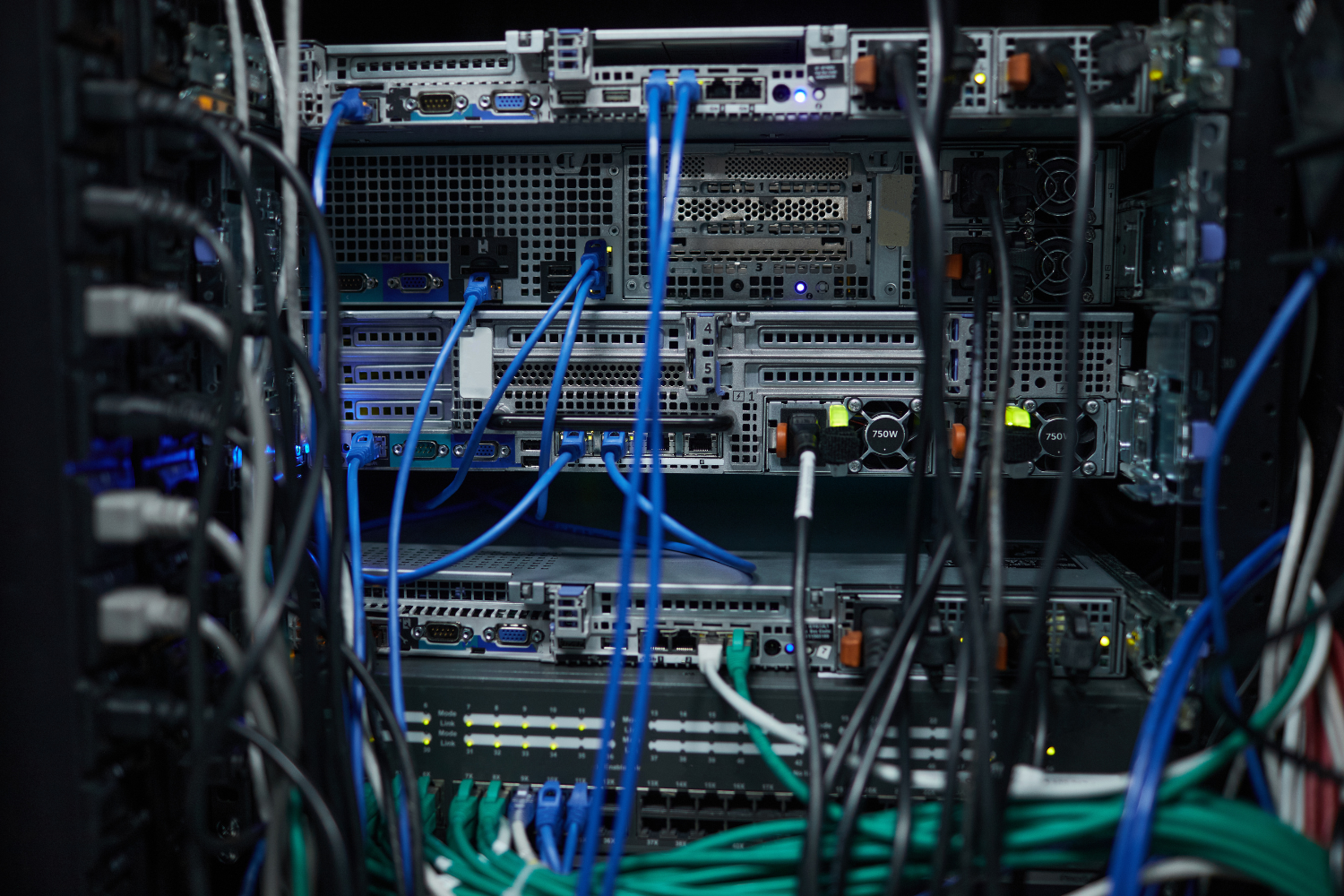
Step 5: Network configuration
Connect the gateways to the Internet, whether via Ethernet, WLAN or mobile radio, and make the necessary network settings. Register the sensors in the network server and assign them unique identification numbers (DevEUI). Set up a LoRaWAN network server such as The Things Network (TTN) or ChirpStack to manage the data.

Step 6: Data management and analysis
Set up applications for data collection and visualisation in order to retrieve and analyse the collected data. Use tools and platforms that help you to monitor and analyse the data in real time. If necessary, optimise the settings of the sensors and gateways to improve data quality and ensure that all relevant data is collected.

Step 7: Test and optimisation
Thoroughly test the entire network to ensure that all components are functioning correctly and that data transmission is running smoothly. Check coverage and make adjustments as needed to improve network performance. Continuous monitoring and occasional corrections are important to ensure the efficiency and reliability of your LoRaWAN network.
We support you with your LoRaWAN project
Would you also like to use LoRaWAN technology in your project? Just let us know what you have in mind. We'll start planning with you, select the right hardware together and guide you competently through all project phases.
Make a project enquiry nowSuccessful LoRaWAN projects
LoRaWAN makes it possible: synchronised clocks for Deutsche Bahn
Deutsche Bahn relies on LoRaWAN technology to precisely synchronise the clocks in its stations. The LoRaWAN network ensures exact time synchronisation over long distances and can therefore synchronise the clocks at a large number of stations. LoRaWAN is also used by Deutsche Bahn for other purposes. These include monitoring passenger numbers, checking the condition of railway carriages and managing spare parts in maintenance depots.
With a customised LoRaWAN solution, Deutsche Bahn AG is able to operate the LoRaWAN network servers in its private cloud and integrate them seamlessly into the existing IoT infrastructure. This makes the system secure, scalable and efficient to use.
First successes for Stadtwerke Düsseldorf: Towards a smart city with LoRaWAN
Stadtwerke Düsseldorf is using LoRaWAN to turn its dream of a smart city into reality. In 2020, they launched the first networked gateways to set up a LoRaWAN network that is up to the challenges of the city. On the one hand, the signal has to penetrate a particularly high density of buildings and, on the other, the transmission data has to be particularly secure. In future, entire building complexes will be able to communicate with each other automatically.
Stadtwerke Düsseldorf has also already taken the first step towards smart waste management. They have had used clothing containers fitted with sensors that measure the fill level or capacity of the containers and communicate this to the central network of the municipal waste disposal company. This enables the company to plan collection routes according to demand and avoid overfilling the containers.





